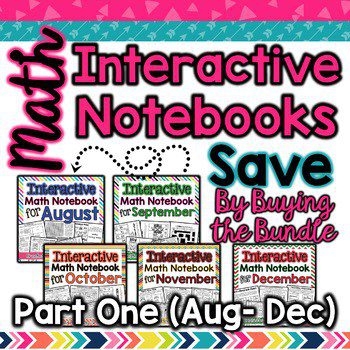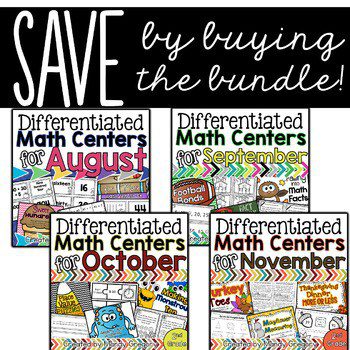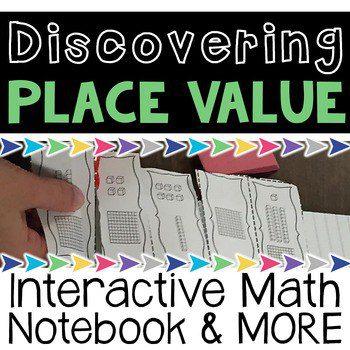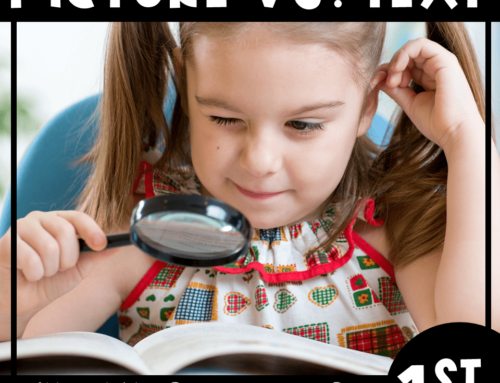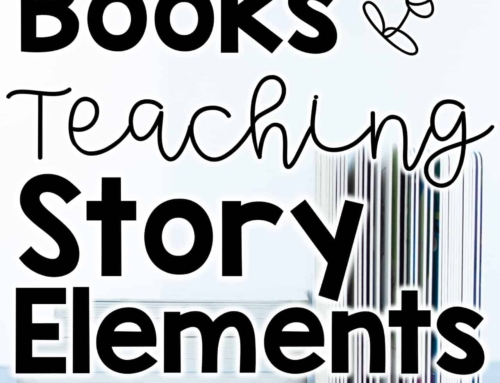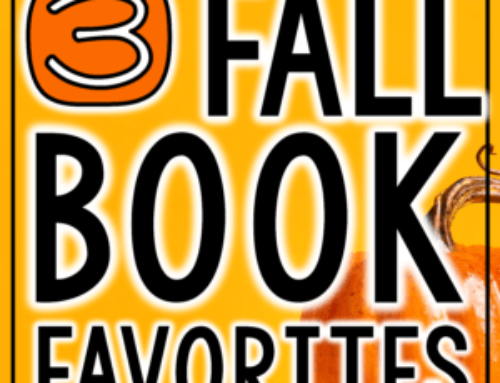 What is Mastering Guided Reading?
What is Mastering Guided Reading?
Mastering Guided Reading is a guided reading curriculum that I am in the process of writing for second grade. It is a labor of love.
I wrote the program because I have had so many questions over the years about guided reading. I began teaching guided reading in 2001. I was very lucky to work with master teachers that modeled small group instruction for me. I later went on to complete my Masters in Reading Education at Mercer University in Atlanta in 2007. That same year I won the Outstanding Reading Graduate Award from Mercer. You could say reading instruction is a passion for me.
I have resisted writing a guided curriculum for many years. Guided Reading by definition, is meeting in small groups where the teachers instruct students based on their reading needs. This is very hard to do with a “boxed” curriculum of ANY type- mine or any publisher’s programs. So why did I finally create it?
I found that many teachers simply do not have the experience, time, or materials to teach effective guided reading lessons. I wanted to do whatever could support students and teachers.
Program Overview
Here is what the program includes: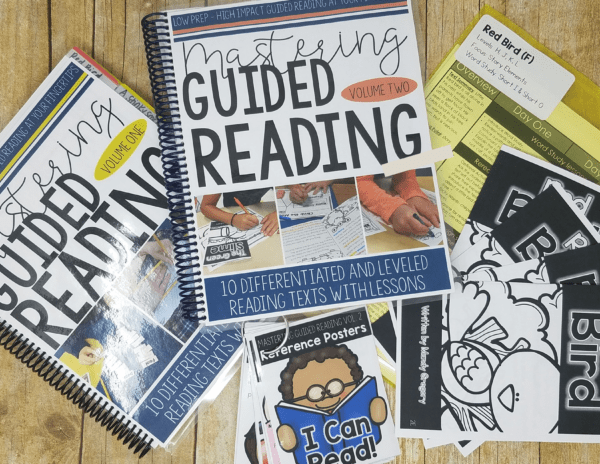
- Mastering Guided Reading will be released in volumes. The entire program will include six volumes. Each volumes grouped by phonics skills. Teachers can teach the texts in an order they wish.
- Every fiction texts written with a specific word study pattern(s) that match the phonic skills. These are “closed texts” so that students can apply the phonic skill within the text and also use the text for hunts.
- The program is written in text sets. For every fiction text, there is a paired text. . For example, after students read a fiction book of the A Dolphin in Distress about a dolphin tangled in plastic, the teacher can follow up with nonfiction book called Pollution. This often means an informational text is paired with every fictional text. However, other text types such as poems and Readers Theater are included.
- Each text has four levels. The levels are end 1st, beg 2nd, mid 2nd, end 2nd in Volumes 1, 2, and 3. In Volumes 4, 5, and 6 the levels will be beg 2nd, mid 2nd, end 2nd, beg 3rd. This will allow for student growth. For your convenience, a chart with the approximate DRA and Fountas and Pinnell levels are included. However, please note that these levels are approximated and not endorsed by their respective program.
- All texts use the SAME teacher lesson plan. This allows all students to be taught the same standard and skill with text at their own levels.
- I can cards and posters for every teaching point
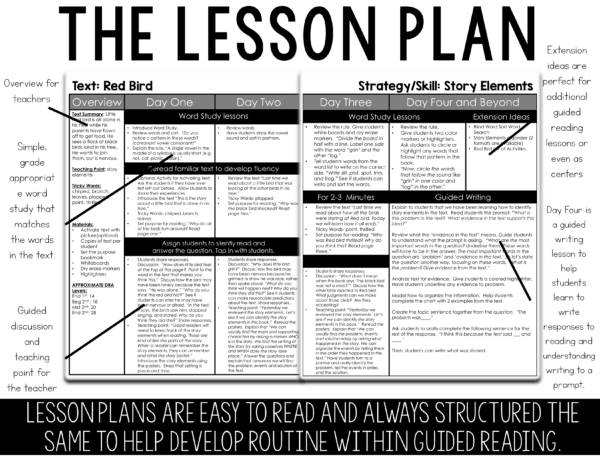 What do the lessons look like?
What do the lessons look like?
One lesson plan is written for all four levels of texts. The lesson plans are for four days for each text. There are three days of reading lessons and the fourth day is a guided writing lesson.
Each fiction lesson starts with a wordy study activity. The word study 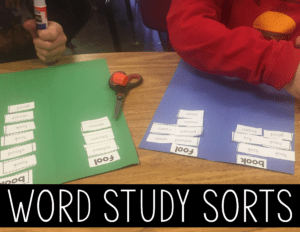 lesson applies the phonic skills for the book. This is optional and is not required if you school already has a specific phonics curriculum.
lesson applies the phonic skills for the book. This is optional and is not required if you school already has a specific phonics curriculum.
Each text has a main teaching point. All of the leveled texts will work on the same teaching point. Teachers will use this for the explicit instruction at the end of the lesson.
A list of extension activities for the word sort and text is also provided. 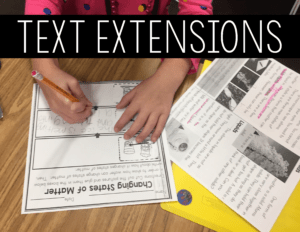 These activities are perfect for students to complete independently the week AFTER reading the text. These would be great for independent center work to extend the text.
These activities are perfect for students to complete independently the week AFTER reading the text. These would be great for independent center work to extend the text.
How is this pack different than other guided reading packs?
I know there are many other guided reading programs out there. Many are written by my own friends and colleagues. What makes this program different than 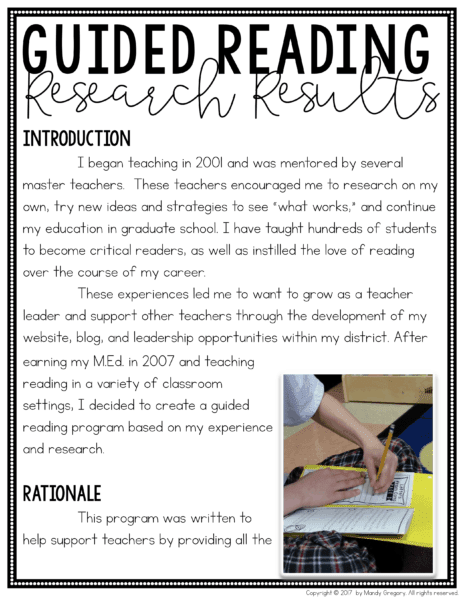 the others?
the others?
Instead of several different titles on one level, this pack was written so that teachers could use the SAME title and work on the SAME skill or strategy with students. There are 4 discreetly levels of each texts, so students may not even be aware that the texts are different. The lesson plan is the same for every level to make planning simple for the teacher.
I wrote the text in pairs, or text sets. For example, after students read a fiction book of the A Dolphin in Distress about a dolphin tangled in plastic, the teacher can follow up with nonfiction book called Pollution.
When I wrote the texts, I tried to be very aware of the burden of copy counts and printer copies. Each text is only one page, front and back. This allows students to actually write in the text, make notes, and doing any coding right in the book. When the student are done reading the text, the book can easily be sent home for fluency practice. No more worrying about copy counts and if guided reading books will come back to school! The texts were designed to be consumable!
It is PROVEN to be effective! I conducted an eight week case study with 17 teachers across the United States. Teachers used the program and collected data from March 2017 to May 2017. The average student gained 89 Lexiles over the eight week study. All scores were correlated to this chart, available free online. According to the chart there are about 4 guided reading levels, or 200 Lexiles in 2nd grade. Want to read the study for yourself? Click here!
What is the scope and sequence for the program?
I have a scope and sequence available for Volumes 1, 2, and 3. Volumes 4, 5, and 6 are in progress and will be published with each volume. Here is the a scope and sequence for Volumes 1, 2 and 3. Click here or on the image above for a closer look.
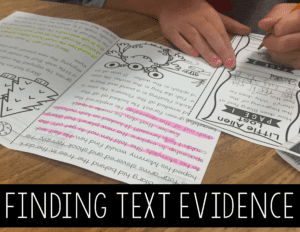 Anything else to keep in mind?
Anything else to keep in mind?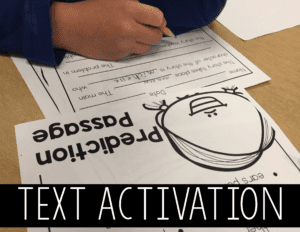
- The texts do NOT need to be read in a specific order, unless you are including the word study as part of the guided reading lesson. I specially chose the word study to increase in difficulty throughout this program.
- The guided writing portion of the lesson is optional. Teachers could also use the graphic organizer for each text from the “Extension Ideas” and have students write from the graphic organizer.
- The graphic organizer from the “Extension Ideas’ can often be applied to ANY text. The teacher could use this for an assessment by providing a grade appropriate text for student to read and write about.
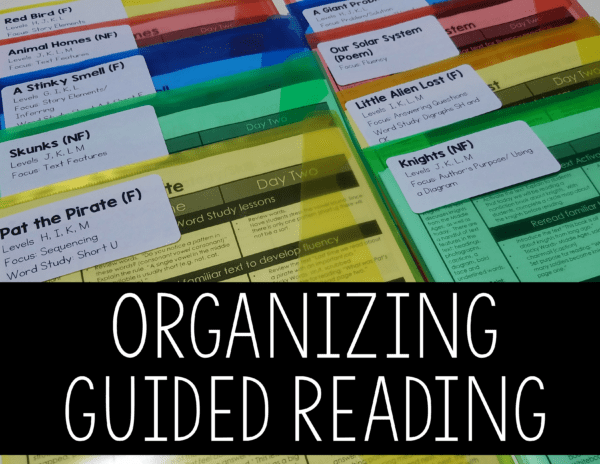 How do I organize all of this?
How do I organize all of this?
I shared in my last post a few tips and pictures of how other teachers organize this program.
A printable version of the file is included. I printer mine two sided, laminated the included front cover, and used a laminated sheet of colored copier paper for the back cover. Then I had each volume bound at Staples for about $5.
Using this format, the teacher can simply choose the text and then take it to the copier and make the copies each week as needed. This makes it very simple to organize and use each week. The teacher can simply use a sticky note to tab the lesson plan page and then open the bound book when it is time for groups!
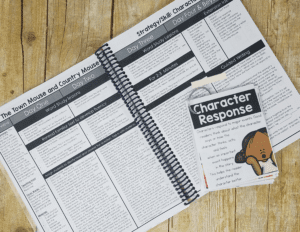
If you like to prepare all of your materials ahead of time, you can print the materials and store them in either file folders or in these poly envelopes. I have included the labels with the title, level, main teaching focus, and word study pattern. These can be stored in a file box or cabinet.
Want to try it FREE?
Would you like to try this out in your own classroom? Click on the picture below for one FREE fiction text and all the levels and materials AND one nonfiction texts and all the texts and materials.

Want to hear more about the prgram?
Watch this Facebook Live video that walks you through the program step by step!
Get My Best Sellers!
Join the Fun!
Math Centers
Sign up here for Three FREE Differentiated Math Centers to Practice Place Value within 100 or 1,000.
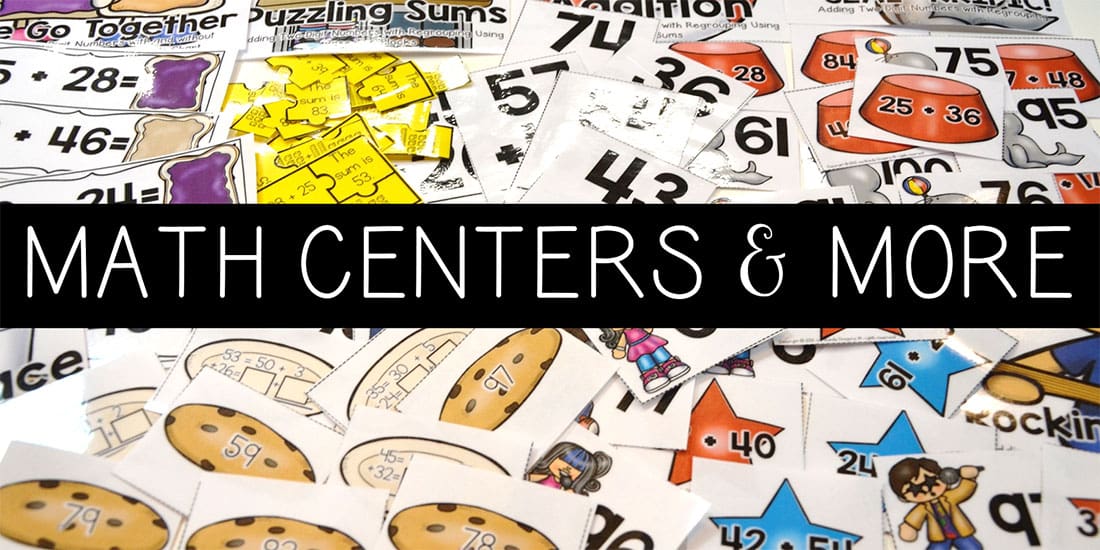
Mandy Gregory is a 2007 and 2012 Teacher of the Year. She has taught Kindergarten- 4th grades in both the general education and inclusion settings. She is currently a 1st grade Special Education teacher. She is the owner and creator of Mandy’s Tips for Teachers website (www.mandystipsforteachers.com) and has over 13 years of teaching experience. She is married with two beautiful children.



